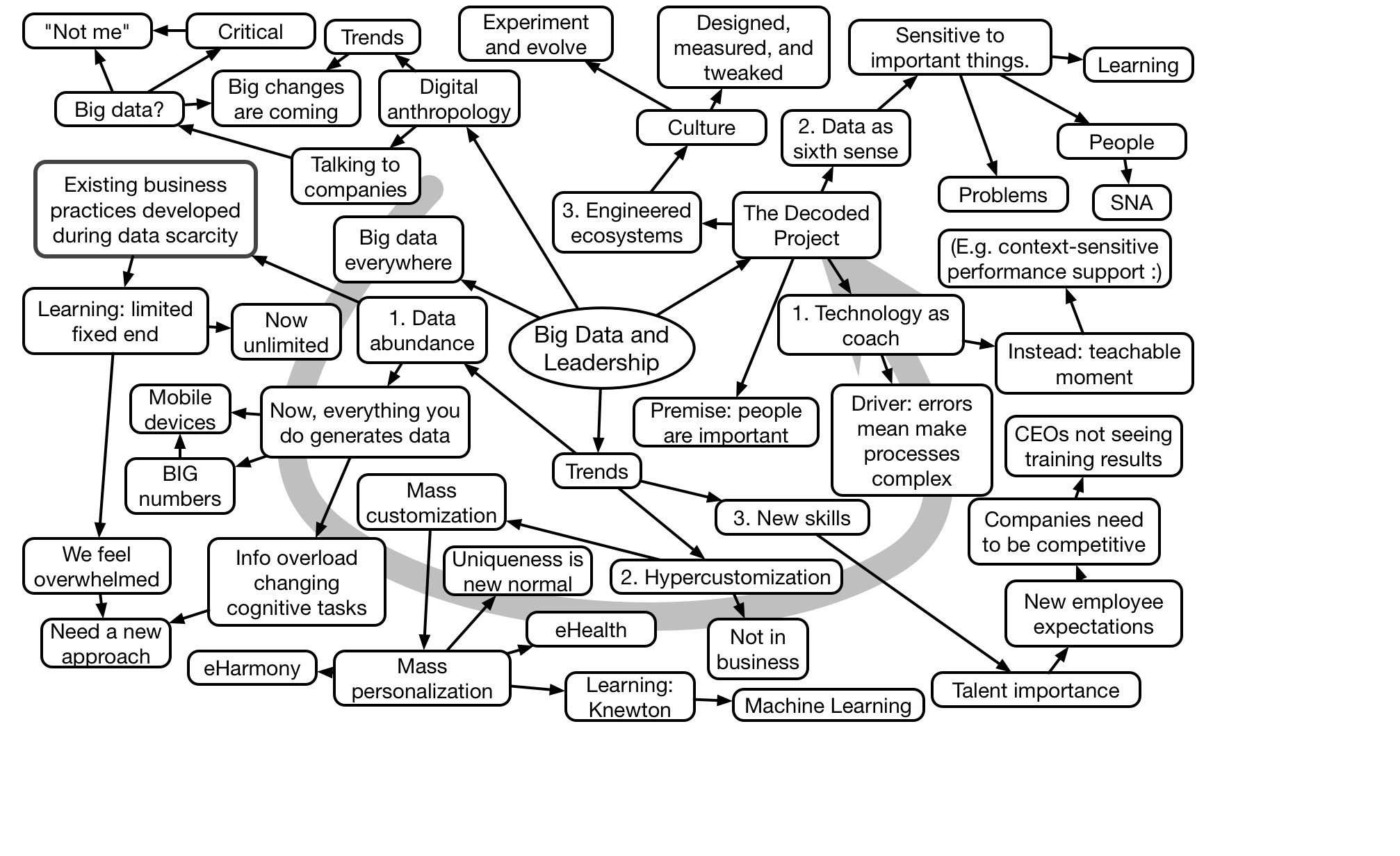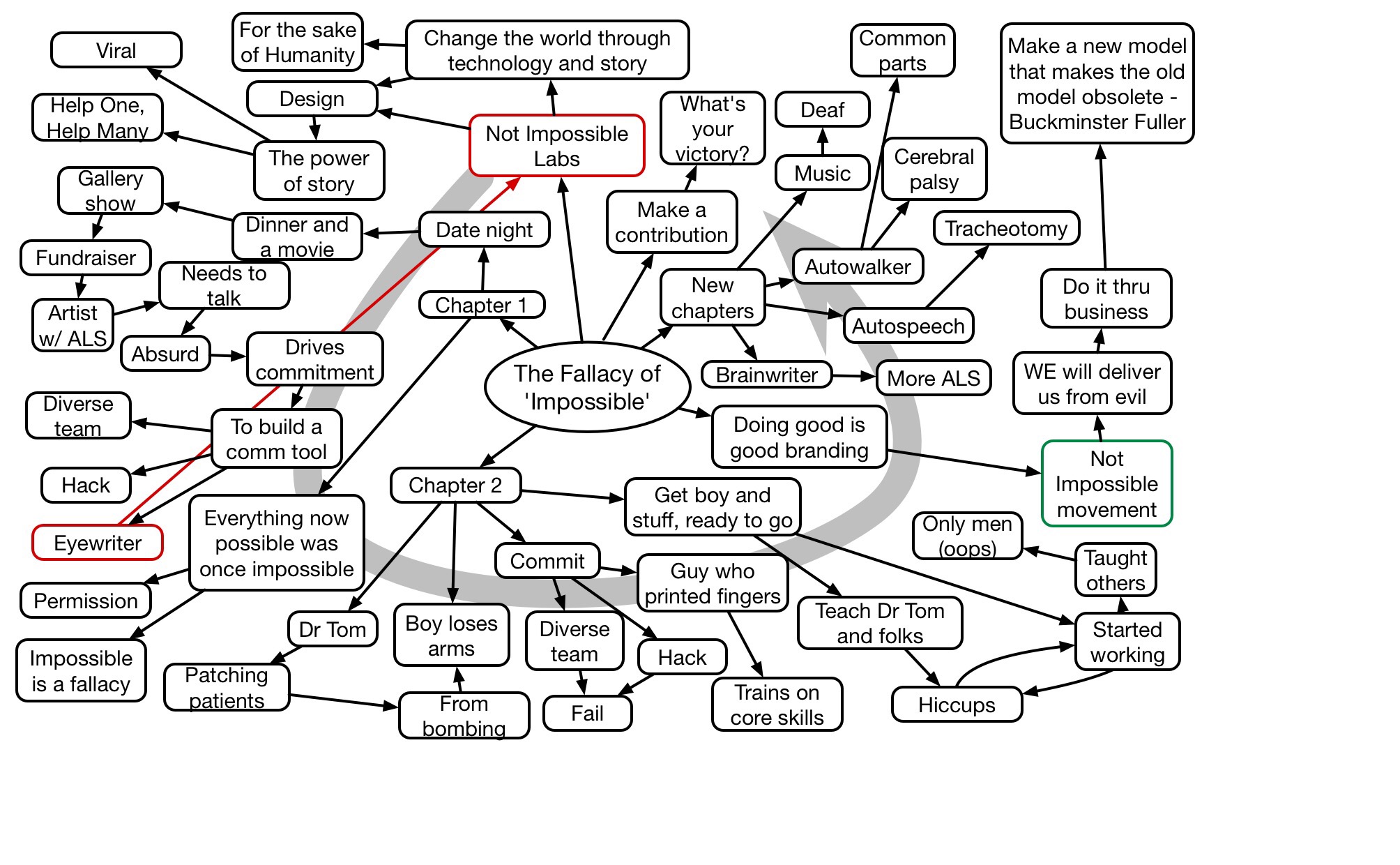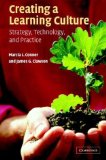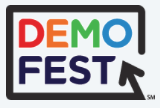It occurs to me to mention some of the other places you can find my writings besides here (and how they differ ;). My blog posts are pretty regular (my aim is 2/week), but tend to have ideas that are embryonic or a bit ‘evangelical’. First, I’ve written four books; you can check them out and get sample chapters at their respective sites:
Engaging Learning: Designing e-Learning Simulation Games
Designing mLearning: Tapping Into the Mobile Revolution for Organizational Performance
The Mobile Academy: mLearning For Higher Education
Revolutionize Learning & Development: Performance and Information Strategy for the Information Age
They’re designed to be the definitive word on the topic, at least at the moment.
I’ve also written or co-written a number of chapters in a variety of books. The books include The Really Useful eLearning Instruction Manual, Creating a Learning Culture, Michael Allen’s eLearning Annual 2009, and a bunch of academic handbooks (Mobile Learning, Experiential Learning, Wiley Learning Technology ;). These tend to be longer than an article, with a pretty thorough coverage of whatever topic is on tap.
Then there are articles in a variety of magazines. These tend to be aggregated thoughts that are longer than a blog post, but not as through as a chapter. In particular, they are things I think need to be heard (or read). So, my writing has shown up in:
The topics vary. (For the eLearnMag ones, you’ll have to search for my name owing to their interface, and they tend to be more like editorials.)
And then there are blog posts for others that are a bit longer than my usual blog post, and close to an article in focus:
The Deeper eLearning series for Learnnovators
A monthly article for Litmos.
These, too, are more like articles in that they’re focused, and deeper than my usual blog post. For the latter I cover a lot of different topics, so you’re likely to find something relevant there in many different areas.
I’m proud of it all, but for a quick update on a topic, you might be best seeing if there’s a Litmos post on it first. That’s likely to be relatively short and focused if there is one. And, of course, if it’s a topic you’re interested in advancing in and I can help, do let me know.






